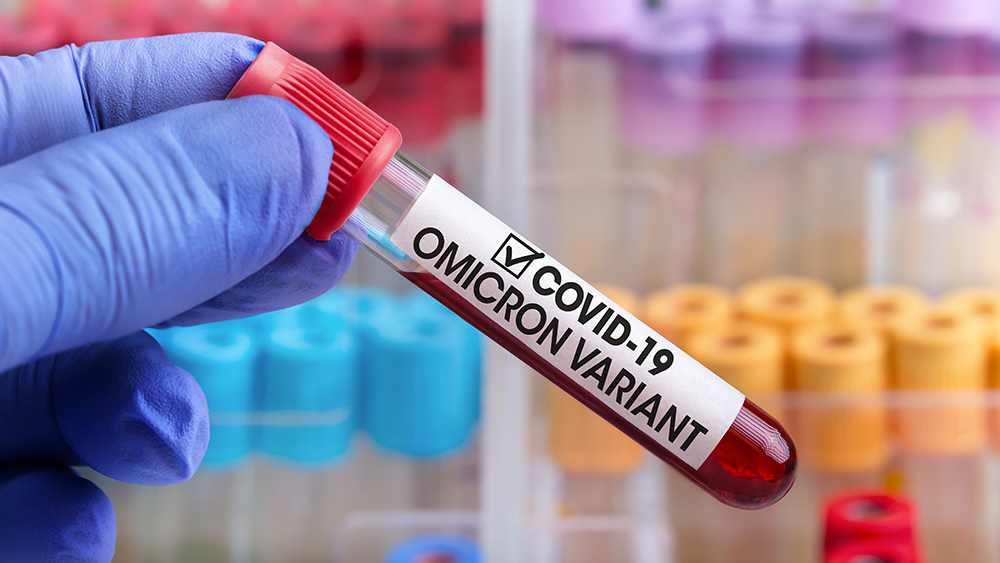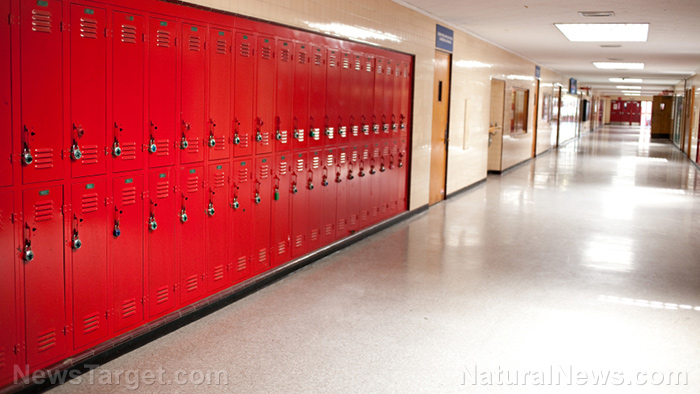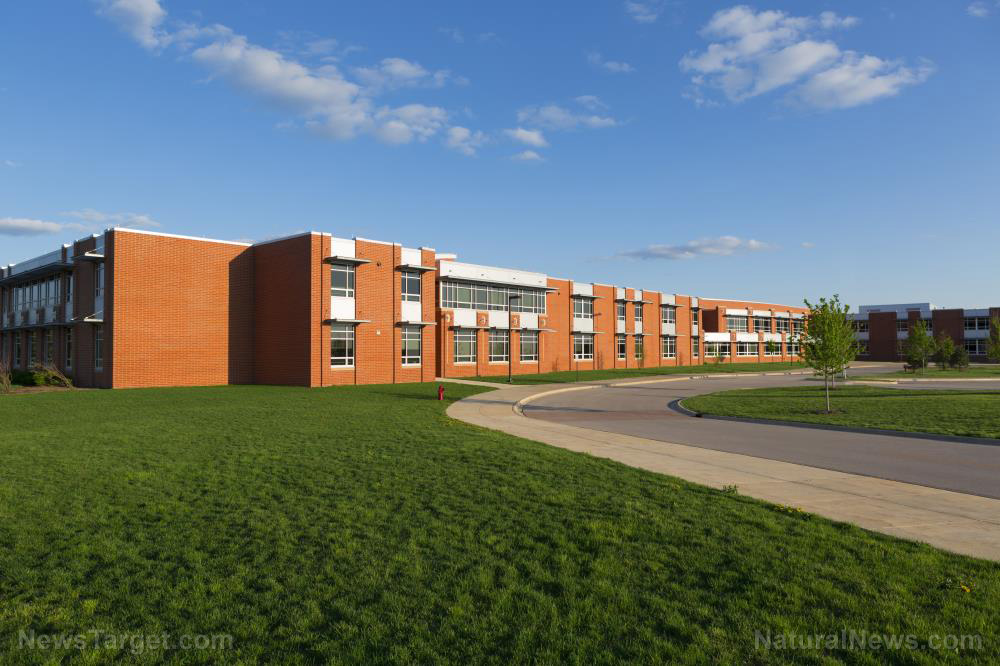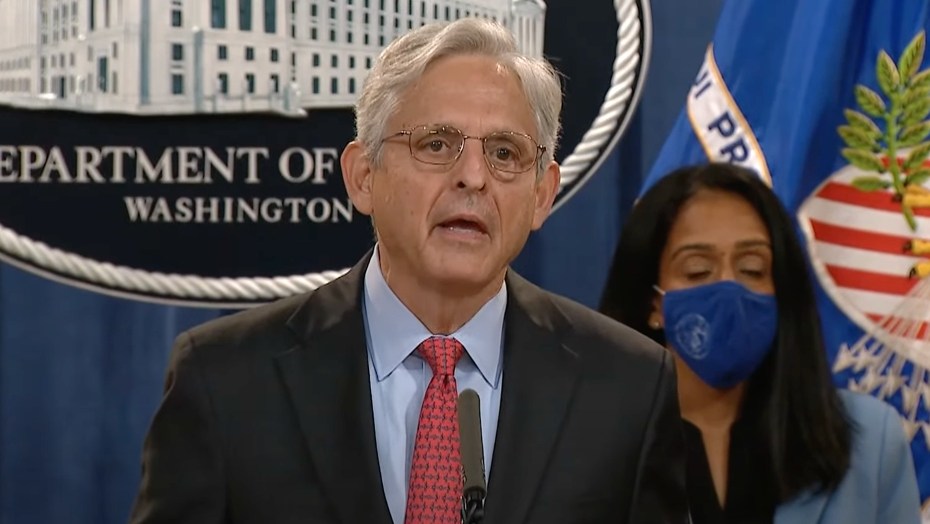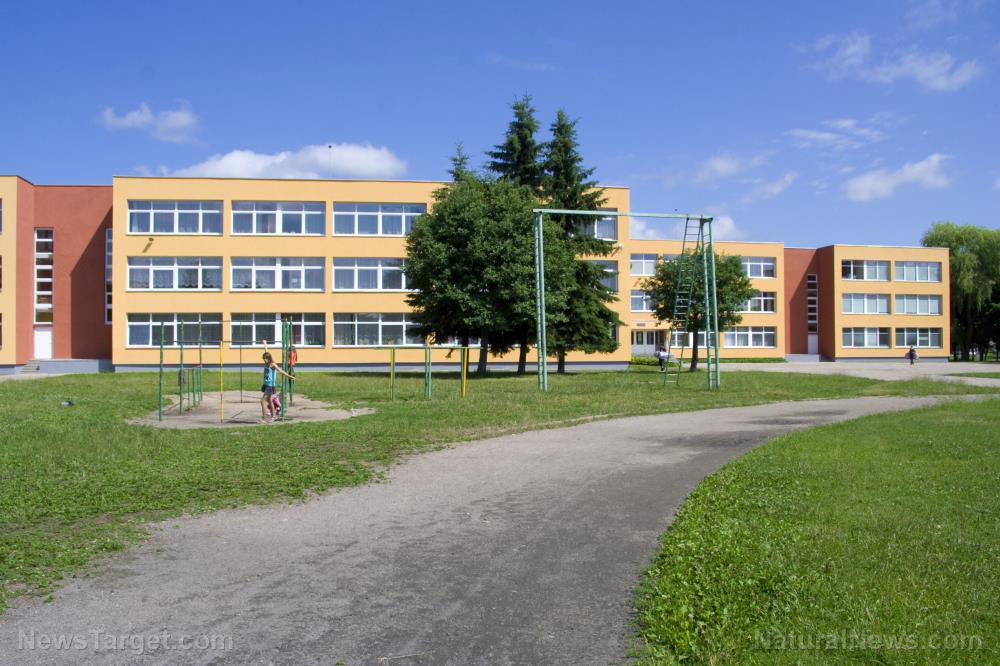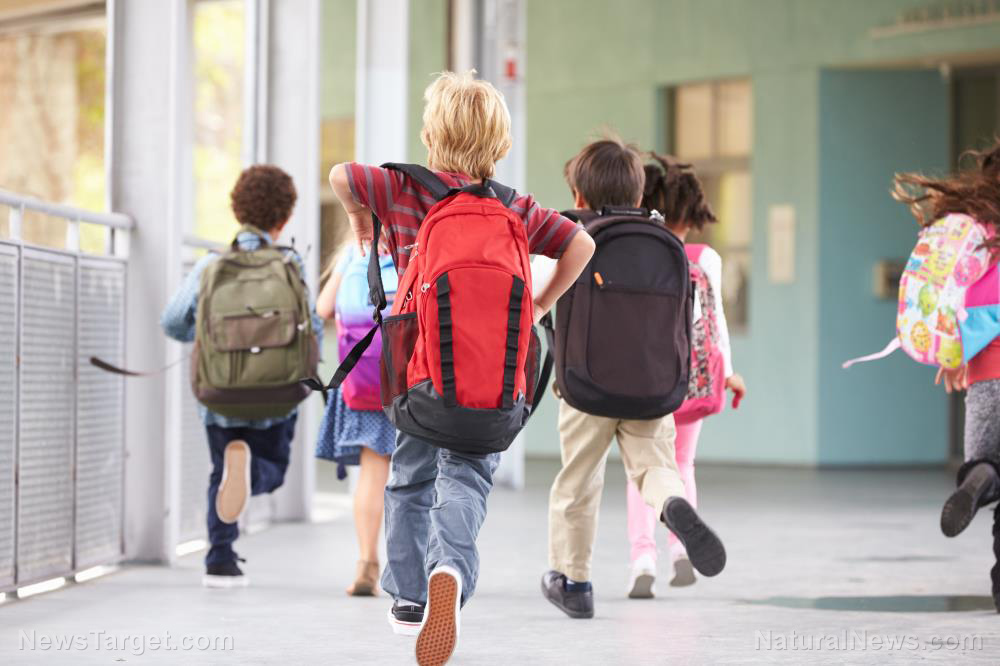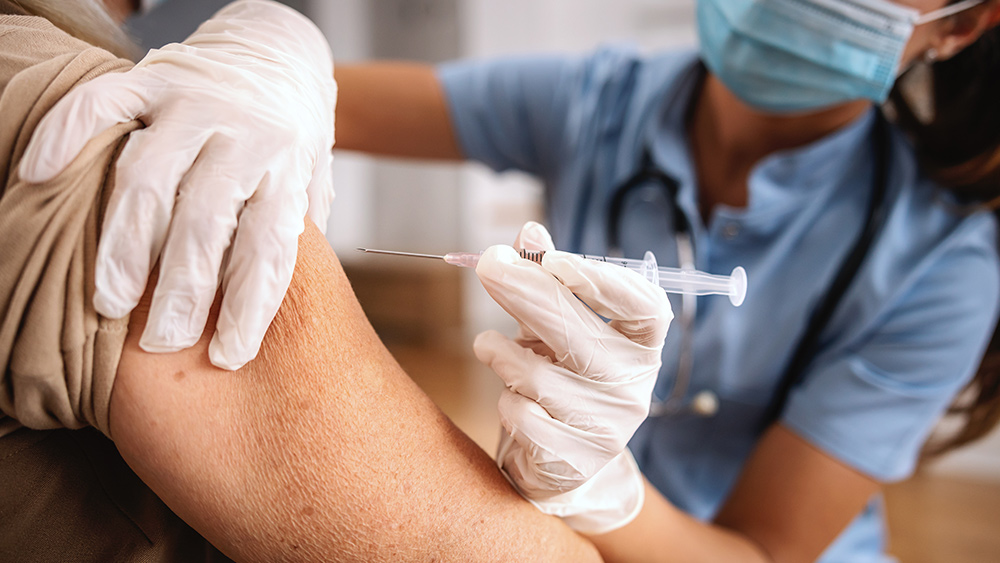Grubhub, Yandex team up to use robots to deliver food on college campuses
07/08/2021 / By Nolan Barton

Delivery company Grubhub Inc. and Russian tech company Yandex N.V. are teaming up to use robots to deliver food on college campuses as automation grows in a sector turbocharged by the coronavirus (COVID-19) pandemic.
The companies announced Tuesday, July 6, that Grubhub will deploy the suitcase-size rovers built by Yandex to some of the 250 colleges across the U.S. that the former already operates in. Financial terms of the partnership have not been disclosed.
Grubhub sees eliminating delivery workers as benefit from deal with Yandex
Grubhub cited the cost savings it will get by eliminating the delivery workers from the equation as a potential benefit from the deal with Yandex. (Related: Robotics revolution to replace most human workers in three generations; labor class to be systematically eliminated.)
“We’re excited to offer these cost-effective, scalable and quick food ordering and delivery capabilities to colleges and universities across the country that are looking to adapt to students’ unique dining needs,” said Brian Madigan, vice president of corporate and campus partners at Grubhub, in a statement.
The Yandex partnership is Grubhub’s first foray into robotic food deliveries. Grubhub has focused on college delivery in recent years and it acquired a technology platform custom-designed for campus use in 2018.
Madigan said Grubhub considered using robots for deliveries a few years ago, but at the time the technology wasn’t ready. But as the pandemic boosted both deliveries and the desire for less human interaction, some of the campuses Grubhub works with began asking about robot deliveries.
“Momentum for automation picked up over the last year and the technology is much more advanced now,” Madigan said.
Grubhub selected Yandex as its partner after looking at its experience with delivery bots in Russia. Grubhub didn’t disclose which campuses would be the first to get the robots.
Yandex said its delivery robots can navigate pavements, pedestrian areas and crosswalks slightly faster than the speed of an average pedestrian. They have the capacity to carry as much as 44 pounds of goods and can reach campus areas not accessible by car. “Such functionality enables the robots to handle delivery tasks traditionally performed by people and provides efficient last-mile logistics automation,” Yandex said.
Basically, this is how it will go: After an order is placed, a six-wheeled autonomous rover makes its way to the restaurant, picks up the food and then delivers it to a specific location where the user unlocks its hatch through the Grubhub app.
The rovers have been delivering orders from local restaurants in Ann Arbor, Michigan as part of a trial since April. They have also been tested in recent years to deliver food, groceries and documents on the snowy streets of Moscow.
Pandemic drives up demand for automation
Food delivery services started to automate parts of their operations as more and more people rely on them during the pandemic. Earlier this year, DoorDash Inc. acquired robotics startup Chowbotics, whose technology can whip up salads and poke bowls.
There were also companies that have used robotic deliveries in trials and smaller rollouts. Starship Technologies Inc. has been expanding its delivery on U.S. college campuses while Nuro LLC’s robots have been shuttling food, fresh linens and personal protective equipment during the pandemic. (Related: Coronavirus lockdown leads to increase in automation as employers turn to robots to keep their businesses running.)
“Globally, we see growing demand for all kinds of on-demand delivery services,” said Artem Fokin, head of business development at Yandex’s Self-Driving Group, which develops autonomous vehicles. “The pandemic didn’t start this trend, but it certainly accelerated it.”
Apps typically earn money by charging restaurants a percentage of the value of orders, as well as by charging consumers a service fee. They then dip into those earnings to pay drivers – their biggest expense.
Delivery robots promise to limit the human element and lower some costs. “Robots don’t need lunch breaks, there are no high turnover issues, they are easy to manage,” Fokin said. “Customers are also excited to see them. They are a novelty.”
College campuses have been an early testing ground for autonomous rover makers because they often cover a smaller, private geographic area that is easier to control and the bots don’t have to interact with cars or other larger vehicles, said Nick Reed, a transport-technology consultant based in the UK.
Delivery robots give makers of driverless cars opportunity to earn now
For the makers of autonomous vehicles, delivery robots offer an opportunity to earn money from the technology while legislation catches up and customers get used to driverless cars.
“Everyone initially focused on robotaxis, but the technology hasn’t matured yet so now more and more companies are looking at delivery,” said Sam Abuelsamid, principal analyst at Detroit-based advisory firm Guidehouse Insights. “It makes it much easier to commercialize.”
Yandex’s Self-Driving Group has been developing its autonomous-vehicles technology since 2017 and has a fleet of 170 cars. It is now using the same technology for its delivery robots. Yandex said its rovers have made more than 17,000 deliveries so far, mostly in Moscow and other Russian cities.
“Scaling our robotaxi business requires not only tech, but legislation as well,” Fokin said. “However, autonomous robots can hit the ground running, they don’t face such constraints and can be monetized as soon as possible.”
Follow Robotics.news for more news and information related to robotics and automation.
Sources include:
Tagged Under: autonomous rover, autonomous vehicle, college campus, coronavirus, covid-19, delivery robot, future tech, innovations, inventions, pandemic, robotic food deliveries, robots
RECENT NEWS & ARTICLES
COPYRIGHT © 2018 PUBLICEDUCATION.NEWS
All content posted on this site is protected under Free Speech. PublicEducation.news is not responsible for content written by contributing authors. The information on this site is provided for educational and entertainment purposes only. It is not intended as a substitute for professional advice of any kind. PublicEducation.news assumes no responsibility for the use or misuse of this material. All trademarks, registered trademarks and service marks mentioned on this site are the property of their respective owners.


